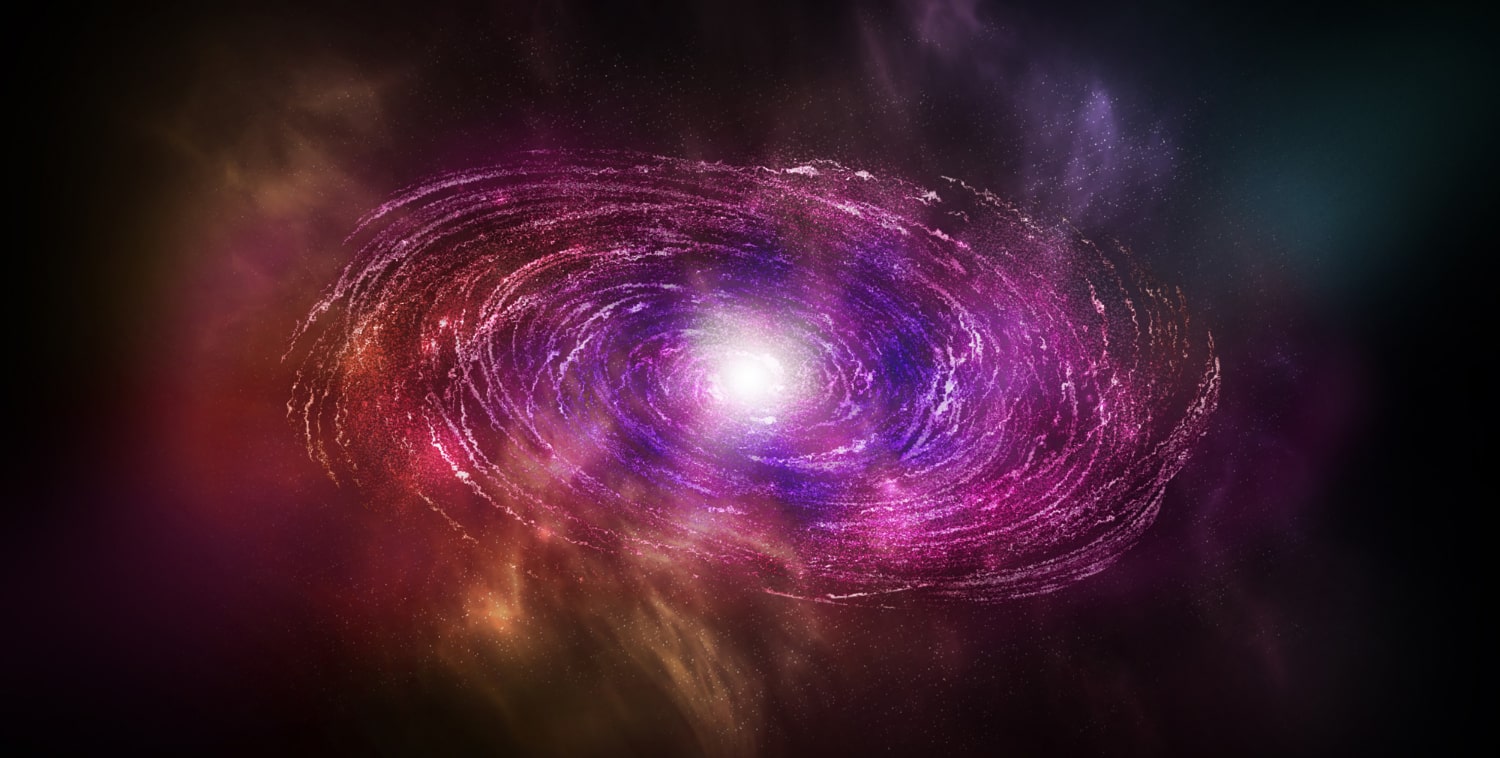What is a blackhole?

Black holes are exactly as ominous and unknown as their name suggests.
They are all over the universe, spread over thousands of light-years. Astrophysicists have spent so many years trying to decode the mysteries of it
Yet it seems like, the more we find out about them the more we realize the magnanimity of how much we still do not know.
Fundamentally, black holes are exactly as their name suggests.
To scientifically define it, A black hole is a region of space from which nothing, not even light, can escape.
According to the general theory of relativity, it starts existing when spacetime gets curved by a huge mass.
That is a lot of terms that make it sound straight out of a fictional space epic.
To simplify, A black hole is a place in space where gravity pulls so much that even light can not get out. Hence, the name black hole.
The gravity is so strong because matter has been squeezed into a tiny space. This can happen when a star is dying.
As because no light can get out of a black hole, they are virtually invisible to our eyes.
We can view them using special tools like space telescopes.
The special tools can see how stars that are very close to black holes act differently than other stars.
Now that we have a basic understanding of a black hole, there are a few questions that should pop up in one’s mind
. Firstly, how big is a black hole?
Black holes can be both big or small.
Scientists strongly believe that the smallest black holes in the universe are as small as the size of just one atom.
These black holes may be very tiny but tend to have the mass of a large mountain. Mass is the amount of matter, or "stuff," in an object.
It is a crucial factor in establishing many factors in physics, such as the gravity present exerted by an object, etc,
On the other hand, we have another kind of black hole called "stellar." These black holes are huge.
Their mass can be up to 20 times more than the mass of the sun.
According to hypothesized research, there may be many, many stellar-mass black holes in Earth's galaxy. The Milky way might be home to multiple of these big bodies.
The largest black holes are called "supermassive." These are even more massive than stellar black holes.
They can possess a mass that is more than 1 million suns combined.
Scientists have found proof that every large galaxy contains a supermassive black hole at its center.
It has been discovered that the supermassive black hole at the center of the Milky Way galaxy is called Sagittarius A.
The huge body has a mass equal to about 4 million suns and would fit inside a very large ball that could hold a few million Earths.
The next key question is the formation of black holes. According to scientists, the smallest black holes formed when the universe began.
These have been a significant part of the universe since the dawn of time.
Stellar black holes are made when the center of a very big star falls in upon itself or collapses.
When this happens, it causes a supernova. A supernova is an exploding star that blasts part of the star into space.
Supernovas are marked by their huge burst of lights and colors that fill the sky when occurring.
Scientists think supermassive black holes were made at the same time as the galaxy they are in.
Another common question is how do scientists get indications of the existence of a black hole?
A black hole cannot be seen because strong gravity pulls all of the light into the middle of the black hole.
However, scientists can see how strong gravity affects the stars and gas around the black hole.
They can study stars to find out if they are flying around, or orbiting, a black hole.
One way to spot black holes is by observing their effects on the universe. When a black hole and a star are close together, high-energy light is made.
Unfortunately, this kind of light can not be seen with human eyes.
Scientists use satellites and telescopes in space to see high-energy light.
A common fear among a lot of people is the implications that a black hole might have on earth.
There is a common misconception that black holes go around in space eating stars, moons, and planets.
This is entirely false. Moreover, Earth will not fall into a black hole because no black hole is close enough to the solar system for Earth to do that.
In a situation that a black hole of the same mass as the sun was to take the place of the sun, Earth still would not fall in.
This is because the black hole would have the same gravity as the sun.
Earth and the other planets would orbit the black hole as they orbit the sun now.
The sun will never turn into a black hole.
This is because the sun is not a big enough star to make a black hole.
Some other significant things about a black hole are that they have a sphere around the black hole.
If something goes inside the sphere, it can not leave. This sphere is called the event horizon.
A black hole is black because it absorbs all the light that hits it. It also reflects nothing.
All these theories and hypotheses were brought to light by Stephen Hawking, where he established the concept of Hawking’s radiation.
There is so much more to discover about this giant mystery in our space. The answers to the questions placed about black holes have a lot of potential in answering many questions about space and time.
We hope to come across these very soon.








